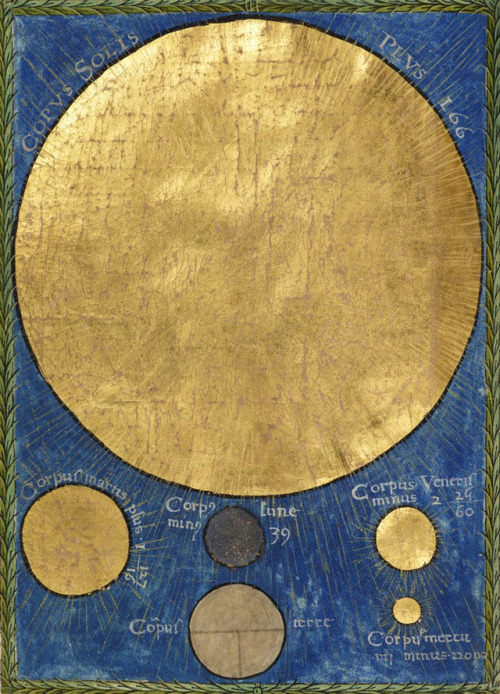Oggi 4 Ottobre 2017, L'esplorazione Spaziale Celebra I Suoi 60esimo Anniversario Con Il Lancio Dello

Oggi 4 ottobre 2017, l'esplorazione spaziale celebra i suoi 60esimo anniversario con il lancio dello Sputnik1, il primo satellite artificiale. L'Unione Sovietica, nel 1957, non lanciò semplicemente un razzo ma una vera e propria sfida mondiale alla rivale U.S.A., dando inizio alla "Space Race", ovvero la corsa allo spazio. Quando ci viene raccontato dei primi lanci, non vengono mai citati i nove secoli di preparazione a questi eventi (sembra quasi che i Russi si siano svegliati un giorno e abbiano provato a lanciare qualcosa con successo!). Per capire quanto fosse enorme la necessità di andare oltre ogni confine, dobbiamo fare un salto indietro di qualche centinaio di anni! Possiamo ad esempio partire dall'XI secolo in Cina, dove una combinazione di zolfo, carbone e nitrato di potassio formano la polvere da sparo, il primo vero combustibile per i primi razzi bellici. Circa 500 anni dopo, in India, vengono migliorati i materiali di costruzione dei razzi, che saranno rivestiti di ferro, per una migliore stabilità. Nel marzo del 1926, Robert Goddard, considerato il pioniere della missilistica moderni, lancia il primo razzo alimentato con combustibile liquido, e tre anni dopo, nel luglio del 1929, lanciò un razzo attrezzato con i primi strumenti "scientifici", un barometro e una camera. Negli anni '40, verso la fine della seconda guerra mondiale, furono testati dalla Germania i primi missili balistici V-2, mentre l'America superò la barriera del suono con il Bell X-1. Queste sono solo due delle diverse sperimentazioni di successo di quegli anni, che portarono alla "corsa allo spazio" che raggiunse il suo apice con il successo dell'Apollo 11, che portò l'uomo sulla luna. Sessant'anni di trionfi, tragedie, investimenti e scoperte grazie ai quali, nel prossimo decennio, potremmo spingerci fisicamente su un altro pianeta!
More Posts from Needingsomespace and Others
![The Flash Spectrum Of The Sun [2048 × 1152]](https://64.media.tumblr.com/00729d06686ab187f6af28a24e8f2e45/tumblr_ovwk39G7BV1ve10t6o1_500.jpg)
The Flash Spectrum of the Sun [2048 × 1152]

Apollo 11 astronauts Neil Armstrong and Buzz Aldrin on the Moon, illustrated in the Houston Post, July 21, 1969.








50 YEARS AGO TODAY: The Gemini 12 space capsule orbits the Earth while docked with the Agena target vehicle, November 12, 1966. (NASA/ASU)










Visions of the Future
by NASA/JPL (Jet Propulsion Laboratory)

Enceladus striated surface as seen by Cassini .
js
happy 127 bday Mr. Hubble 💕🔭







On the occasion of astronomer Edwin Hubble’s birthday, let’s take a look at his stock in trade – galaxies. It was through his observations of these celestial wonders that Hubble changed our perception of the universe. This excerpt from NASA’s bio will give you the gist (and please note that all these galactic images are, of course, captured by the Hubble Space Telescope):
“Most astronomers of Hubble’s day thought that all of the universe — the planets, the stars seen with the naked eye and with powerful telescopes, and fuzzy objects called nebulae — was contained within the Milky Way galaxy. Our galaxy, it was thought, was synonymous with the universe.
In 1923 Hubble trained the Hooker telescope on a hazy patch of sky called the Andromeda Nebula. He found that it contained stars just like the ones in our galaxy, only dimmer. One star he saw was a Cepheid variable, a type of star with a known, varying brightness that can be used to measure distances. From this Hubble deduced that the Andromeda Nebula was not a nearby star cluster but rather an entire other galaxy, now called the Andromeda galaxy.
In the following years he made similar discoveries with other nebulae. By the end of the 1920s, most astronomers were convinced that our Milky Way galaxy was but one of millions in the universe. This was a shift in thought as profound as understanding the world was round and that it revolved around the sun.
Hubble then went one step further. By the end of that decade he had discovered enough galaxies to compare to each other. He created a system for classifying galaxies into ellipticals, spirals and barred spirals — a system called the Hubble tuning fork diagram, used today in an evolved form.
But the most astonishing discovery Hubble made resulted from his study of the spectra of 46 galaxies, and in particular of the Doppler velocities of those galaxies relative to our own Milky Way galaxy. What Hubble found was that the farther apart galaxies are from each other, the faster they move away from each other. Based on this observation, Hubble concluded that the universe expands uniformly. Several scientists had also posed this theory based on Einstein’s General Relativity, but Hubble’s data, published in 1929, helped convince the scientific community.”
You can click photos to identify the galaxies.
(Text: NASA/Images: HubbleSite)

celestial bodies
Christianus Prolianus, Astronomia, Naples 1478
Manchester, John Rylands University Library, Latin MS 53, fol. 58v

NASA’s Dawn spacecraft obtained this image with its framing camera of asteroid Vesta on August 11, 2011. The image has a resolution of about 260 meters per pixel. [1024 x 1024]
-
 millenovecentoottantasei liked this · 7 years ago
millenovecentoottantasei liked this · 7 years ago -
 illogicalconsequence reblogged this · 7 years ago
illogicalconsequence reblogged this · 7 years ago -
 needingsomespace reblogged this · 7 years ago
needingsomespace reblogged this · 7 years ago







